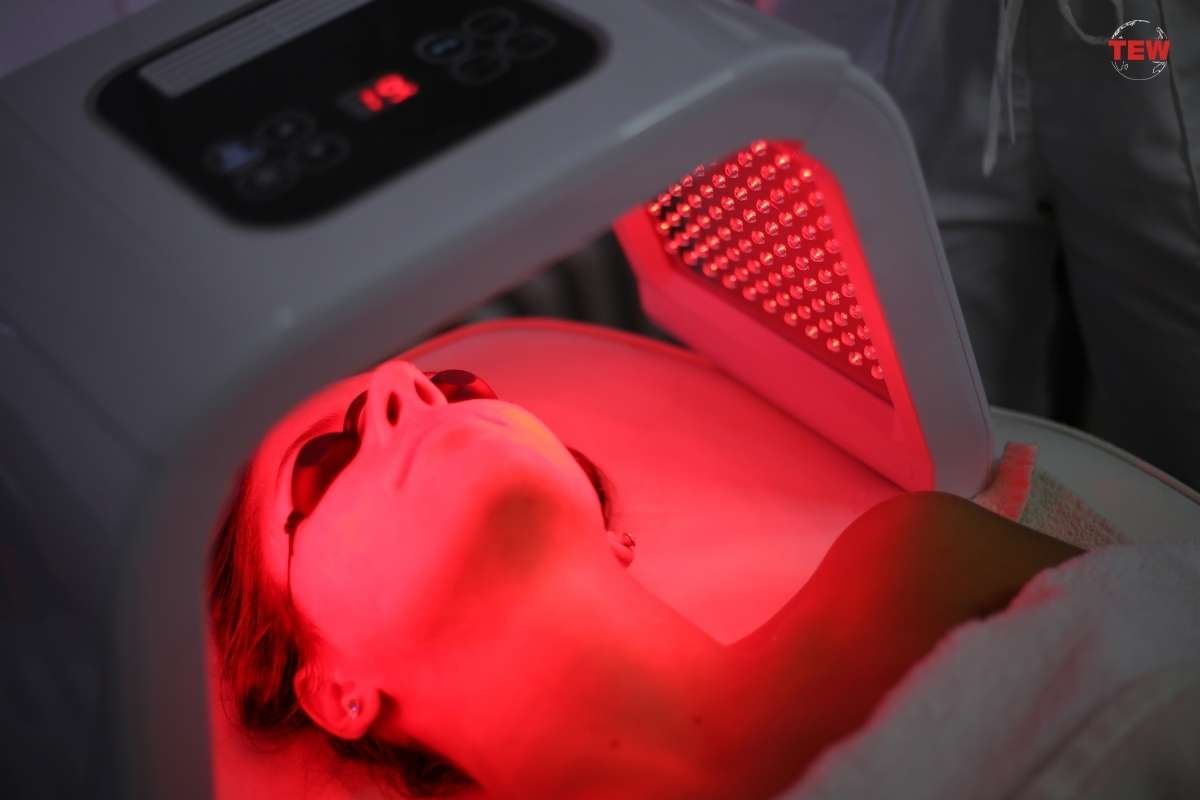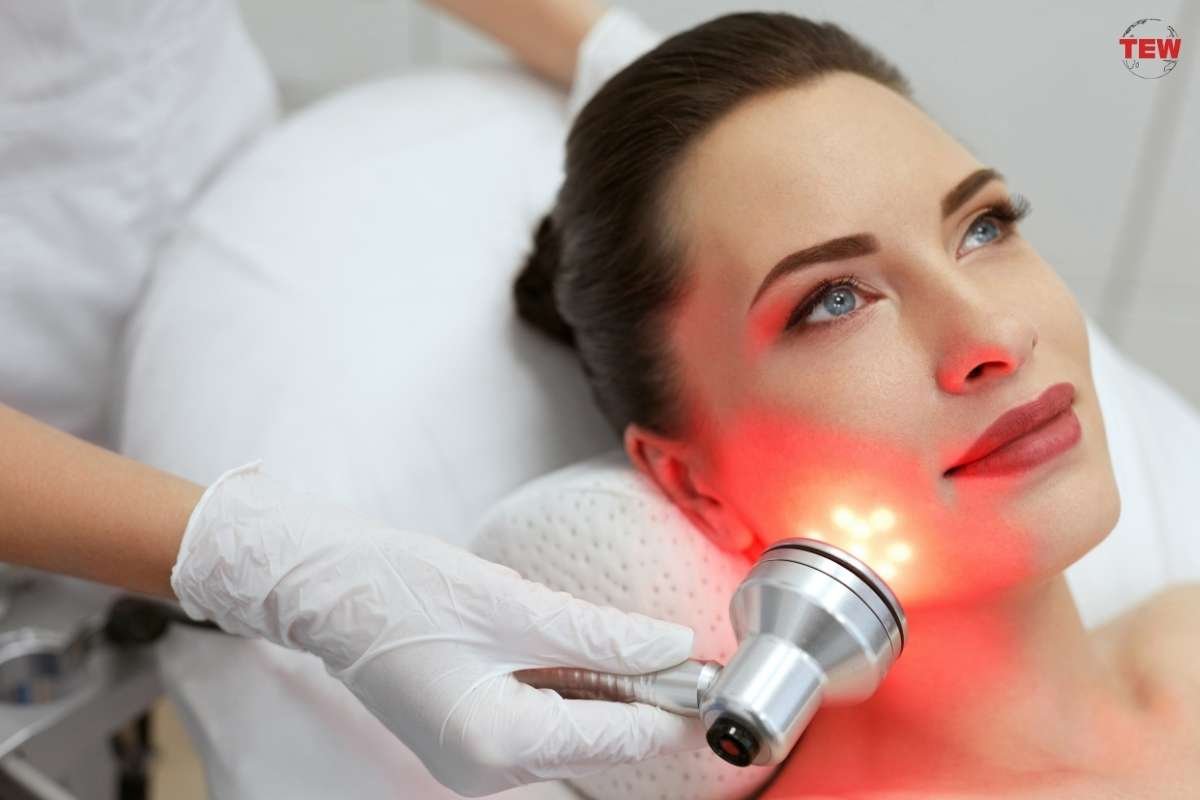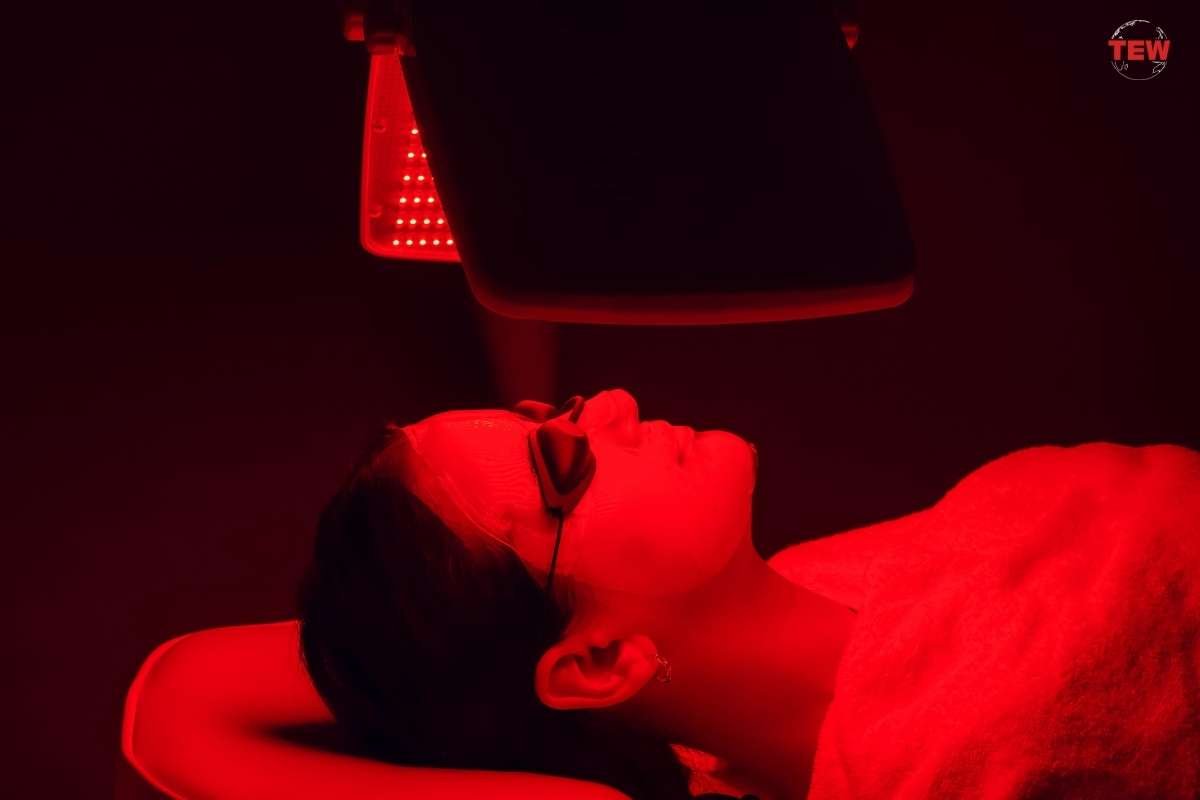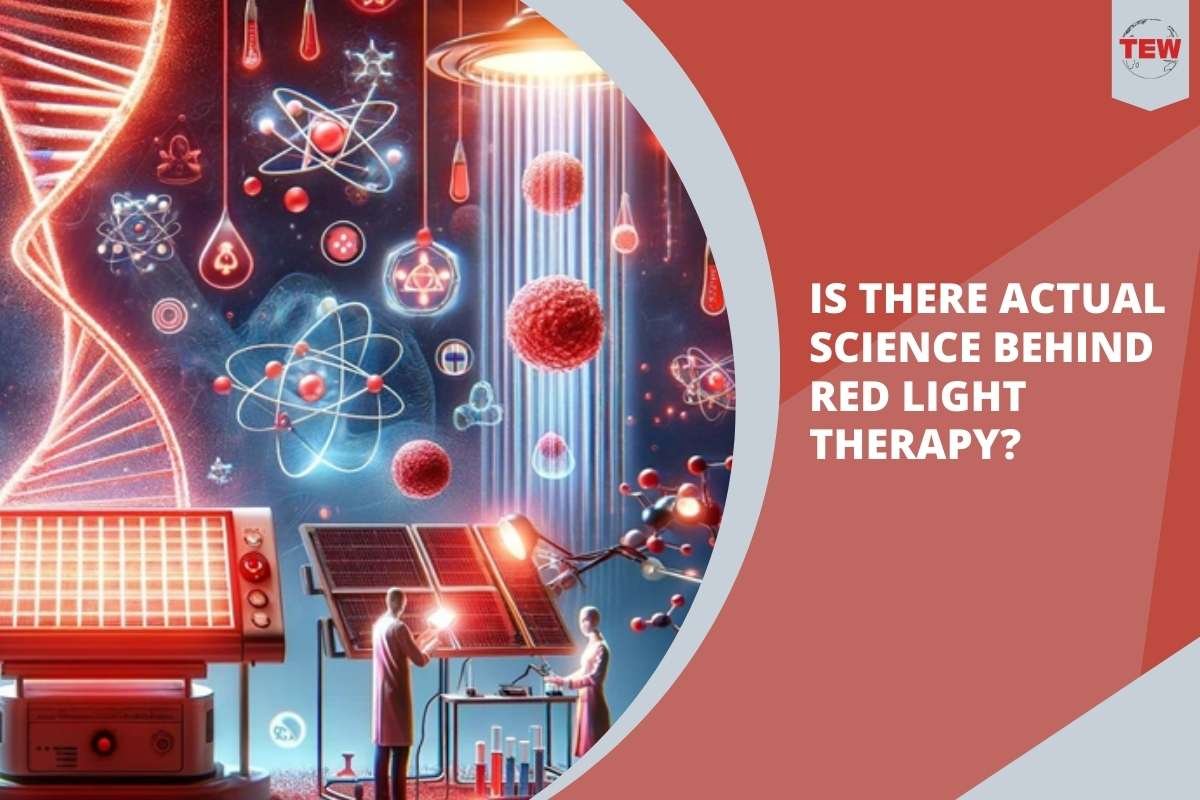In an era where medicine and science are evolving, one of the most striking medical advancements is the booming of red light therapy.
Rlt (red light therapy) is known for being a significant therapy method involving low levels of red light entering the body and skin to cure different conditions.
Now, it may sound sci-fi, but it has the caliber to deal with different conditions and illnesses. For instance, disruption in the sleep cycle, wound healing, hair growth, and even arthritis. All these can be cured with consistent use of red light therapy.
But is there any natural science behind red light therapy being capable of curing all these conditions? That’s why here in this blog, we’ll uncover the truth!
What is Red Light Therapy?
Red light therapy is a form of therapy where a device (known as the therapy device) uses red or near-infrared light to heal, stimulate, and regenerate cells in your body.
The therapy is usually conducted using devices like LED lights, lasers, or even lamps. These devices emit light at specific wavelengths (ranging from 630-880 nanometers), which can penetrate your skin depending on the targetted area.
This therapy is quite famous among night shift workers, athletes, arthritis patients, and more. And the best part about this therapy is, there have been no authentic reports of any side effects whatsoever. Red light therapy at home has become increasingly popular due to its convenience and effectiveness in promoting healing and cell regeneration.
Therefore, the therapy is also considered one of the safest alternatives to many possible treatments. However, more research and tests are being conducted till date to figure out more about this therapy.
How Does Red Light Therapy Work?

Well, red light therapy works on a cellular level. When the body cells are exposed to a specific wavelength of light, a series of natural reactions occur.
And one of the primary mechanisms is through the mitochondria activation (the powerhouse of the cell).
Mitochondria are responsible for producing adenosine triphosphate (ATP), which is necessary for cellular function and even repair.
When cells absorb photons, particularly in the red and near-infrared range, it kickstarts a process known as photobiomodulation.
This process elevates the mitochondrial function, leading to an increase in ATP production. With more energy available, cells can now perform their functions more efficiently. And this is the science behind these devices to heal wounds, cure injuries, and decrease body pain.
Exploring the Science Deeper to Red Light Therapy Concept
The specific wavelengths of light used in RLT aren’t chosen arbitrarily. Different wavelengths of light have different effects. Even NASA studies red light therapy so that they can use it on plant growth and come up with better uses for the environment.
Red light in the range of 630 to 700 nanometers is known to penetrate the skin more effectively. Whereas, near-infrared light (700 to 880 nanometers), penetrates deeper into tissues and is considered ideal for cellular repair and regeneration.
As mentioned later in the blog, a key element in red light therapy is the mitochondria within our cells. These tiny organelles are responsible for producing ATP.
So, when exposed to red or near-infrared light, mitochondria absorb photons, which increases ATP production. This boost in energy allows cells to function more efficiently and at a faster rate.
Another crucial segment in the red light therapy mechanism is the cytochrome c oxidase activation. This enzyme (found in the mitochondria) is involved in the electron transport chain, which is a must for ATP production.
When exposed to red light, cytochrome c oxidase absorbs photons, leading to increased activity. This, in turn, enhances ATP synthesis.
As we go deeper into the science behind red light therapy, we find that it also has vascular endothelial growth factor (VEGF) and fibroblast growth factor (FGF).
These mentioned factors play pivotal roles in the formation of new blood vessels and tissue repair.
Red Light Therapy and its Benefits

1. Skin Health and Anti-Aging
One of the benefits of red light therapy is its impact on your overall skin health. Studies have shown that red light can stimulate collagen production, and this is vital for maintaining skin elasticity and reducing wrinkles.
So, by improving circulation and reducing inflammation, RLT can also help with acne, rosacea, and other possible skin conditions.
2. Pain Relief and Inflammation Reduction
Red light therapy has been found to have pain-relieving effects, making it quite a promising treatment for conditions like arthritis and joint pain.
And with regular and consistent use of rlt your inflammation will go down which will eventually give you more comfort in the long run.
3. Muscle Recovery and Performance Enhancement
Red light therapy has been pretty famous among athletes as it has shown promising results during performance enhancement and muscle pain recovery, especially after workout sessions.
By boosting ATP production, it helps muscles repair and regenerate faster. This can lead to improved performance and reduced injury risk.
4. Hair Growth
Some studies suggest that red light therapy can even stimulate hair follicles, promoting hair growth in those areas where there are fewer hair follicles. And rlt can do this by increasing blood flow to the scalp and activating dormant follicles. This way you can easily enhance your hair growth. But, it’s always recommended to consult a dermatologist beforehand.
5. Mood Enhancement and Circadian Rhythm Regulation

Light plays a crucial role in regulating our circadian rhythms and mood. So, red light therapy can be a blessing for those who work night shifts or face trouble with sleep cycles. Regular and consistent use of red light therapy (especially at a fixed time of the day) can help you with your insomnia issues. Plus, it can even counter seasonal affective disorders (SADs).
Bottom Line
As the red light therapy research continues, we are likely to uncover even more of its scientific underpinnings.
Already, studies have explored its potential applications in areas such as neurodegenerative diseases, immune modulation, and even cancer treatment (as an adjunct therapy).
Therefore, the versatility and use of red light therapy are immense and scientists are still researching and conducting studies to figure out more solutions with rlt.
Explore more on The Enterprise World




